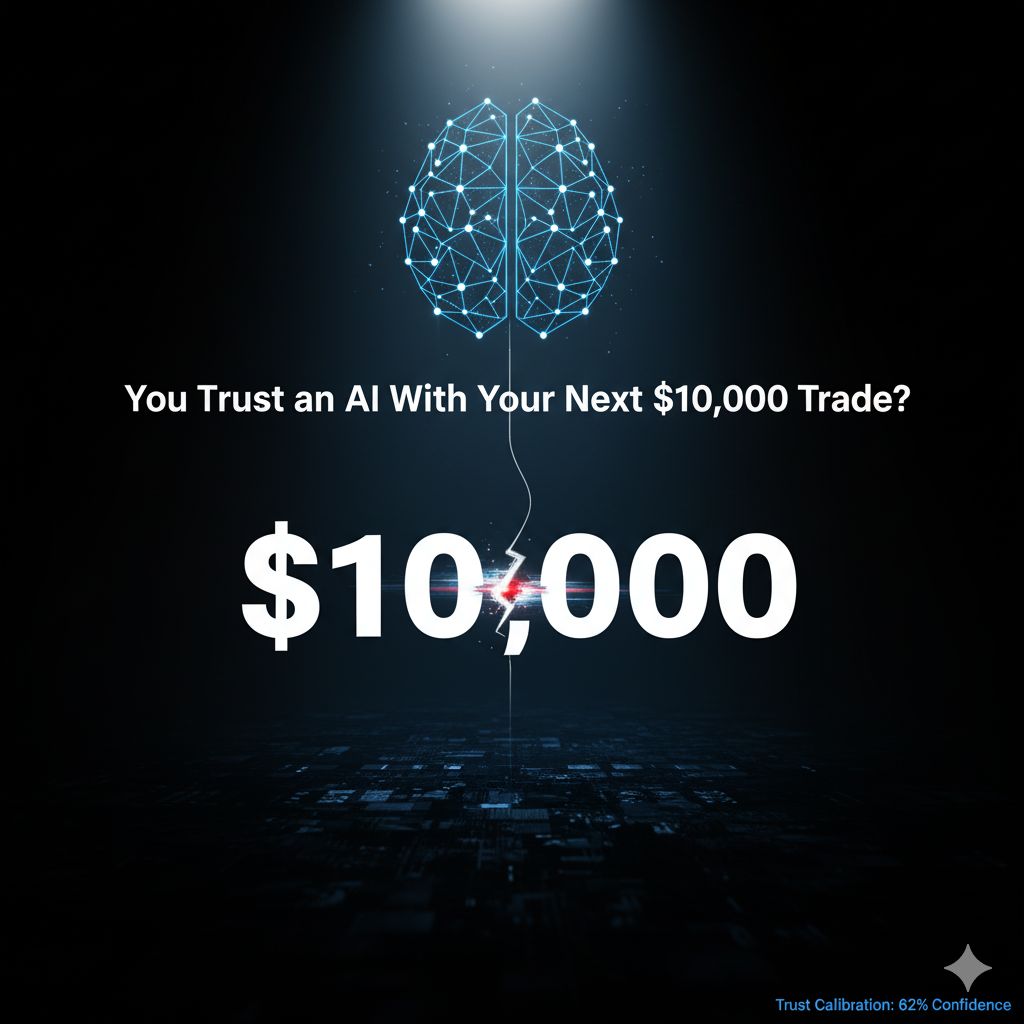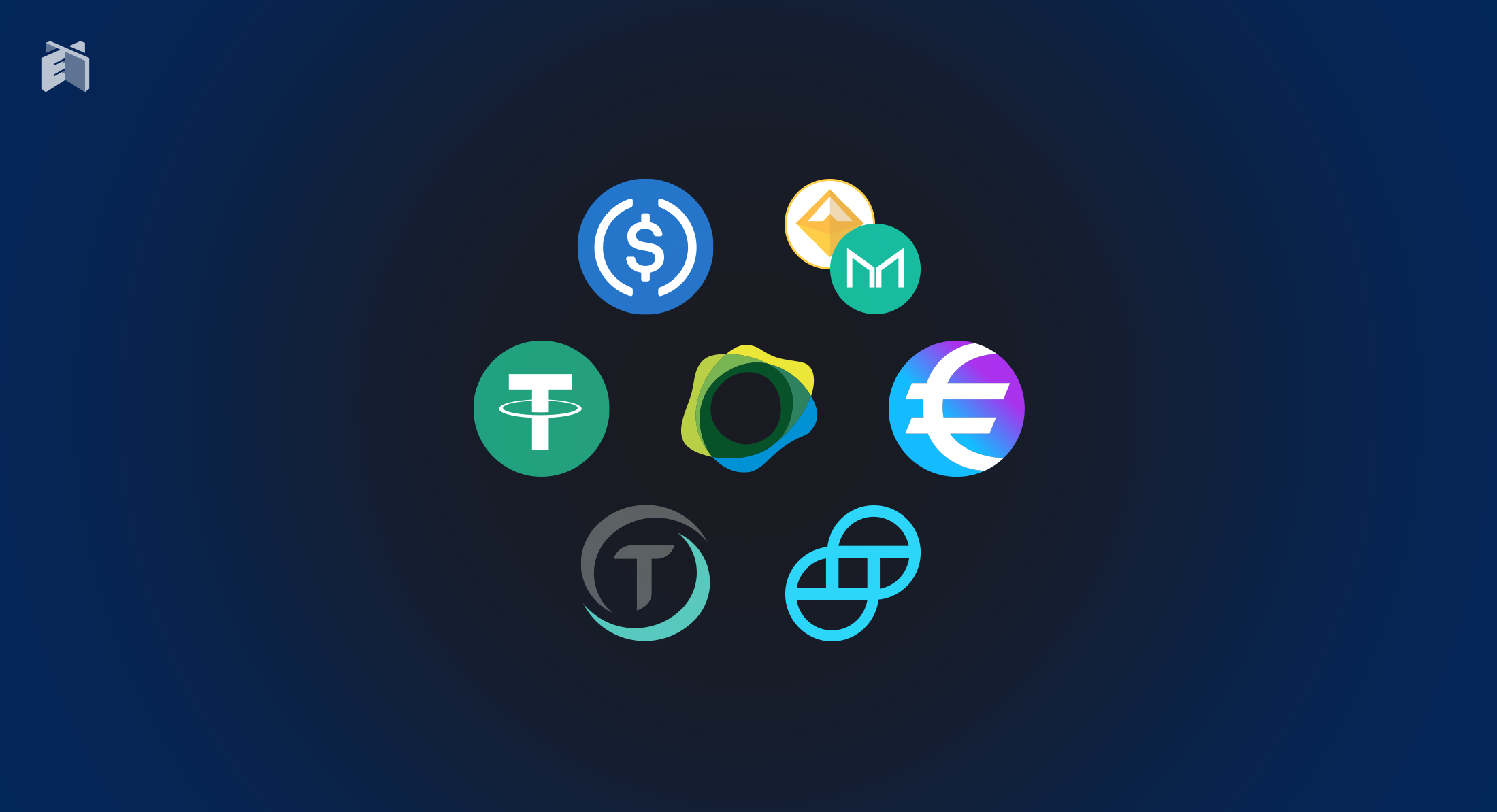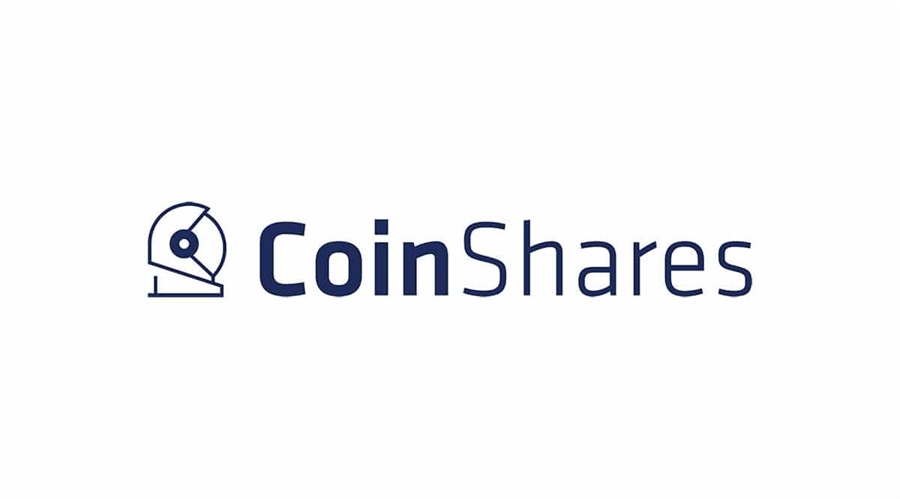
1.Setting the Stage: The $10,000 Question
Imagine this. You’ve spent weeks watching Bitcoin flirt around $110,000, Ethereum holding steady at $3,800, and altcoins moving like caffeinated squirrels. You finally have $10,000 sitting in your exchange account. The cursor hovers over the buy button. Your palms sweat.
But instead of relying on gut instinct, charts, or that one influencer you secretly trust, an AI pops up and whispers:
“I’ve analyzed the last 5 years of market cycles, sentiment from X, macroeconomic data, and 23 hidden correlations you can’t see. Here’s the optimal move: Buy ETH, hedge with 20% in futures, exit in 17 days.”
Would you click confirm?
This is not sci-fi. In 2025, AI-assisted trading isn’t just a buzzword—it’s a battlefield between human judgment and machine precision. And the stakes are sky-high.
2.Why Traders Are Hooked on AI
AI in trading isn’t new. Hedge funds like Renaissance and Citadel have been using algorithms for decades. The difference now? Access.
Retail traders yes, you and me now have tools that rival institutional power. Platforms are rolling out AI-assisted orders with:
- Pattern recognition across thousands of tokens at once.
- Sentiment analysis scraping millions of posts across X, Reddit, and Telegram.
- Risk modeling that calculates drawdown probabilities faster than you can say “rekt.”
- Zero-fee workflows on exchanges like MEXC, making constant small orders possible without death by fees.
In other words, what used to be “quant edge” is now packaged in shiny dashboards and marketed as your new trading assistant.
And people are biting. Why? Because crypto is chaos, and AI promises clarity.
3.The Case for AI: Precision Over Emotion
Let’s be honest—humans are messy traders.
- We FOMO at green candles.
- We panic at red charts.
- We bag-hold for way too long because “it’ll bounce back.”
AI doesn’t care. It doesn’t watch memes. It doesn’t sleep. It doesn’t revenge trade after three beers.
Case studies show AI-assisted strategies can outperform humans on consistency. For example:
- A 2025 study by TokenMetrics tracked 1,000 retail traders vs. an AI-driven trading bot over 6 months. The AI delivered 12% higher risk-adjusted returns.
- At the same time, volatility drawdowns were 30% smaller—meaning the bot avoided catastrophic wipeouts humans tend to stumble into.
AI thrives in range trading, hedging, and short-term scalps, where rapid micro-decisions matter more than big-picture vision. It catches inefficiencies you’ll never see.
So the pro-AI argument is simple: Why trust emotions when you can trust math?
4.The Case Against AI: Blind Trust Is Dangerous
But here’s the kicker: AI is not infallible.
- Black box problem: Most AI systems don’t explain why they make decisions. Imagine betting $10,000 on a recommendation you can’t decode.
- Overfitting risk: AI trained on past data may fail in unprecedented events (hello, Black Swan).
- Market manipulation: What happens if whales feed fake data into public sentiment, and AI buys into the trap?
- Regulatory minefield: Compliance headaches—if your AI trade accidentally front-runs or violates regional rules, who’s liable? You or the algorithm?
And the ultimate fear: complacency. If traders outsource everything to machines, the very skill of market intuition might disappear.
One story making rounds on X: a trader gave full control to an AI bot in July. It went on a hot streak, doubling his portfolio in a month. By August, it blew up 60% of his gains on a miscalculated ETH short during a CPI report. He pulled the plug, tweeting:
“AI isn’t a magic bullet. It’s like hiring a savant who sometimes forgets what day it is.”
Ouch.
5.Human vs. AI: Who Actually Wins?
So, the real debate is not AI vs. humans, but AI + humans vs. chaos.
Think of AI like GPS. It can show you the fastest route, warn you of traffic, and reroute if needed. But if the GPS glitches and tells you to drive into a lake, you still need the human judgment to slam the brakes.
The best traders in 2025 aren’t choosing sides—they’re blending machine precision with human context.
- Use AI for data overload: Let it crunch 10,000 charts so you don’t.
- Add human oversight for macro context: Rate hikes, political elections, ETF flows.
- Use AI for execution speed: Hedge instantly.
- Add human vision for narrative plays: Like spotting a new GameFi project before AI has enough data.
The winning workflow isn’t blind trust—it’s collaboration.
6.Risk Appetite: Who Should Trust AI With $10K?
Here’s the uncomfortable truth: AI isn’t for everyone.
Ask yourself:
- Risk profile: Can you stomach an AI making a $10,000 mistake without blaming it?
- Time horizon: If you’re scalping daily, AI can save your sanity. If you’re long-term holding Bitcoin until 2030, do you really need it?
- Control freak meter: Some traders just can’t let go of the wheel. If you check charts 20 times a day, you’ll argue with the bot constantly.
- Capital size: AI thrives when there’s enough liquidity to spread across strategies. Running it with $200 might not justify the complexity.
A fair takeaway: AI-assisted trading is like giving your portfolio a turbo button. But not everyone is ready for that speed.
7.The Zero-Fee Revolution: Why This Matters
Now here’s where things get spicy. Exchanges like MEXC are offering zero-fee trading + AI-assisted orders.
This changes the game. Why? Because:
- Scalping works: AI can fire 200 micro-trades a day without death by fees.
- Hedging gets cheaper: You can open/close protection without fee anxiety.
- Experimentation is safer: Test workflows with lower cost risk.
Pair this with AI, and suddenly retail traders are playing on semi-institutional ground. The $10,000 decision becomes less terrifying when each move isn’t taxed by fees.
8.The Future: AI-Native Exchanges?
Here’s a wild thought: what if exchanges stop being just platforms, and become AI-native ecosystems?
Picture this:
- You log in, deposit funds.
- AI builds your strategy based on your risk appetite and history.
- It monitors markets 24/7, hedges during CPI announcements, rotates into alts when risk appetite rises.
- You get real-time transparency reports (“90% confidence ETH will outperform BTC next week”).
In 2025, experiments like this are already happening. Startups are building autonomous trading agents tied to prediction markets, stablecoins, and even social sentiment.
If this scales, the big question shifts from “Would you trust an AI with $10K?” to “Would you trust an AI with your entire financial life?”
9.The Psychological Shift
Let’s not underestimate the mental side. Traders often define themselves by skill, intuition, and hustle. Handing the steering wheel to an AI feels like surrender.
But maybe that’s the point.
In a hyper-fast, always-on crypto world, trust becomes the ultimate currency. Trust in exchanges, in stablecoins, in wallets—and now, in AI.
Some traders will resist, swearing by “human edge.” Others will embrace AI fully. Most will land in the middle, where machines handle the grunt work and humans focus on high-level calls.
It mirrors the broader economy: humans still decide strategy, machines execute it better.
10.Wrapping It Up: The $10K Dilemma
So, back to the start. You’ve got $10,000. Do you trust AI to place the trade?
Here’s the truth: AI isn’t your savior, but it isn’t your enemy either. It’s a tool. A powerful one that, if used with discipline, can amplify your edge. If used blindly, it can burn you faster than leverage on a memecoin.
The smartest traders in 2025 aren’t asking “AI or me?” They’re asking:
“How can I make AI my co-pilot, not my replacement?”
The market doesn’t care if you’re human or machine—it only rewards execution, risk management, and adaptability. Whether you’re pressing buy or letting an AI do it, the responsibility stays the same.
So the real question isn’t: “Would you trust an AI with your next $10,000 trade?”
It’s: “Would you trust yourself to manage what the AI does next?”
Because in the end, every AI trade is still your trade.
Disclaimer: This content is for educational and reference purposes only and does not constitute any investment advice. Digital asset investments carry high risk. Please evaluate carefully and assume full responsibility for your own decisions
Join MEXC and Get up to $10,000 Bonus!
Sign Up


